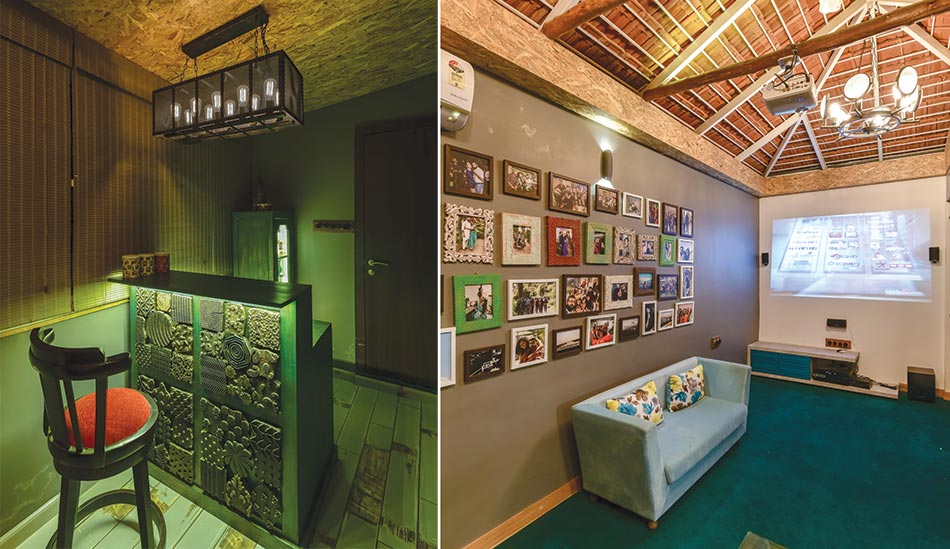
Vernacular buildings provide instructive examples of sustainable solutions to building problems. Yet, these solutions are assumed to be inapplicable to modern buildings. Despite some views to the contrary, there continues to be a tendency to consider innovative building technology as the hallmark of modern architecture because tradition is commonly viewed as the antonym of modernity.
Architects have a challenging responsibility to design buildings that are environmentally sustainable with the change in the global concern regarding the use of energy and resources. This new responsibility has prompted a sensible shift to organic, humble, yet energy-efficient vernacular forms. Additionally, the local forms of construction capitalize on the user's knowledge of how buildings can be effectively designed to promote cultural conservation and traditional wisdom.
To many architects, Indian architecture seems to be an important style of design and construction that can be used as an alternative to Western Modernism when the conditions and brief permit
Modern buildings need to suit the local socio-environmental contexts, embrace the use of reusable and renewable materials, and utilize traditional building wisdom. Eco-friendly does not always mean shabby, dull and boring. Combining sustainability with contemporary, modern designs and a range of materials, textures, and colours, homes of the future can be made – homes that are gaining popularity as much for their small footprint and various health benefits, as on their aesthetic appeal which reflects our culture, environment and needs, rather than aping a bland modern style. Thus, there is a need to not only bring forth the immense resource of 'craftspeople' that we have in the country, but also to help in uplifting their crafts and artwork.

More focus should be laid on encouraging the site's natural elements – light, ventilation and greenery – using cooling clay tiled roofs, large verandas and open courtyards. Designs that incorporate natural building materials, revive traditional craftsmanship, and builds in response to local needs and enhance local talent are very much appreciated. Using energy-efficient techniques such as mud and timber, eliminating chemical-based paints and plasters, harvesting rainwater and solar energy, preserving local biodiversity, and promoting recycling and reuse are ways in which we can promote our traditional architecture.
Large scale projects attracting a humongous population such as Malls, Cultural parks, Hotels and Restaurants etc should imbibe roots of Indian architecture, depicting not only our culture, but also exemplifying in itself for future architects. To many architects, Indian architecture seems to be an important style of design and construction that can be used as an alternative to Western Modernism when the conditions and brief permit.
There is thus a need to blur the edges between the traditional and modern technical aspects of building design and explore the best of both the aspects. What is needed in the 21st century is foresightedness in our planning and architectural perspective in which valuable traditional knowledge is integrated with equally valuable modern knowledge. The vision, though noted, is yet to be sculpted in the right direction. As John Pawson said: Architecture isn't just about creating new buildings, sometimes it's about retuning what's already there.















